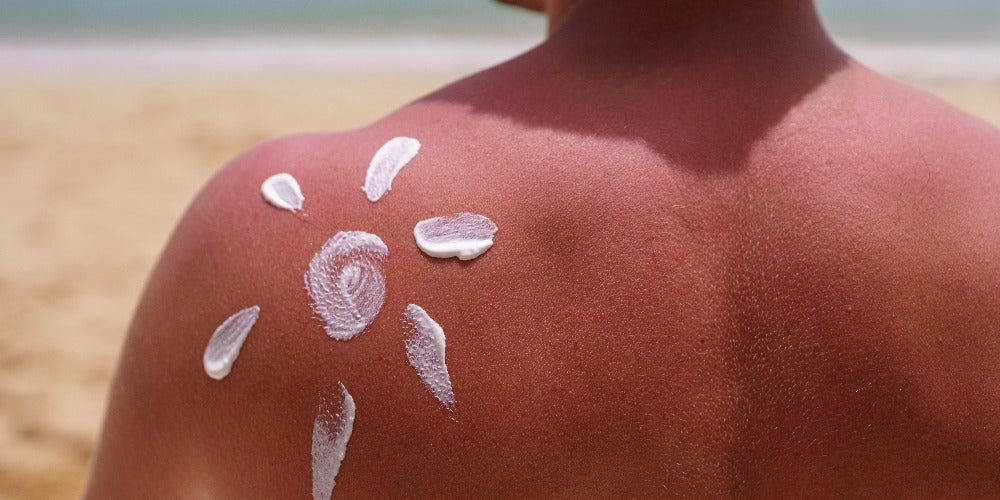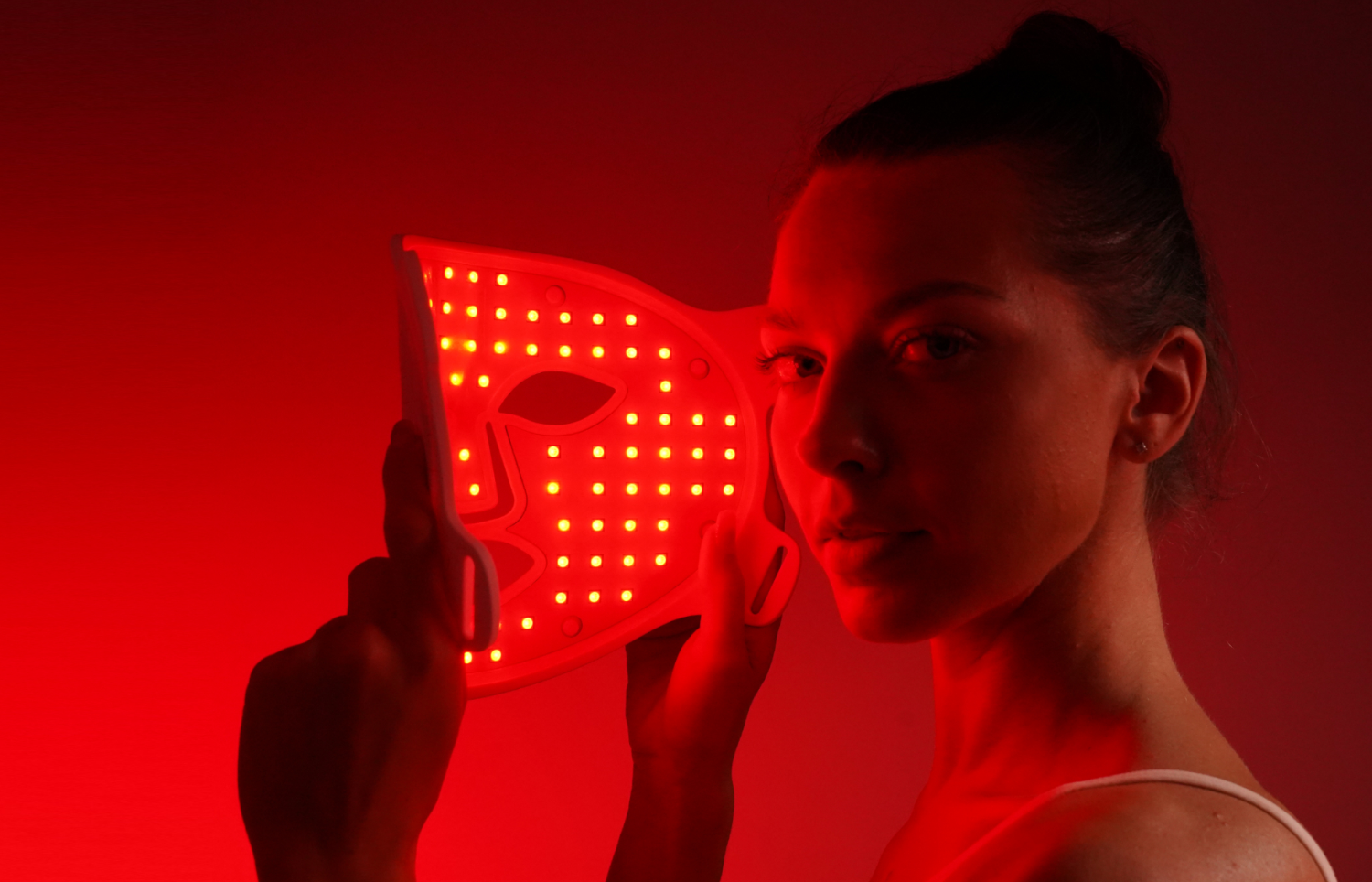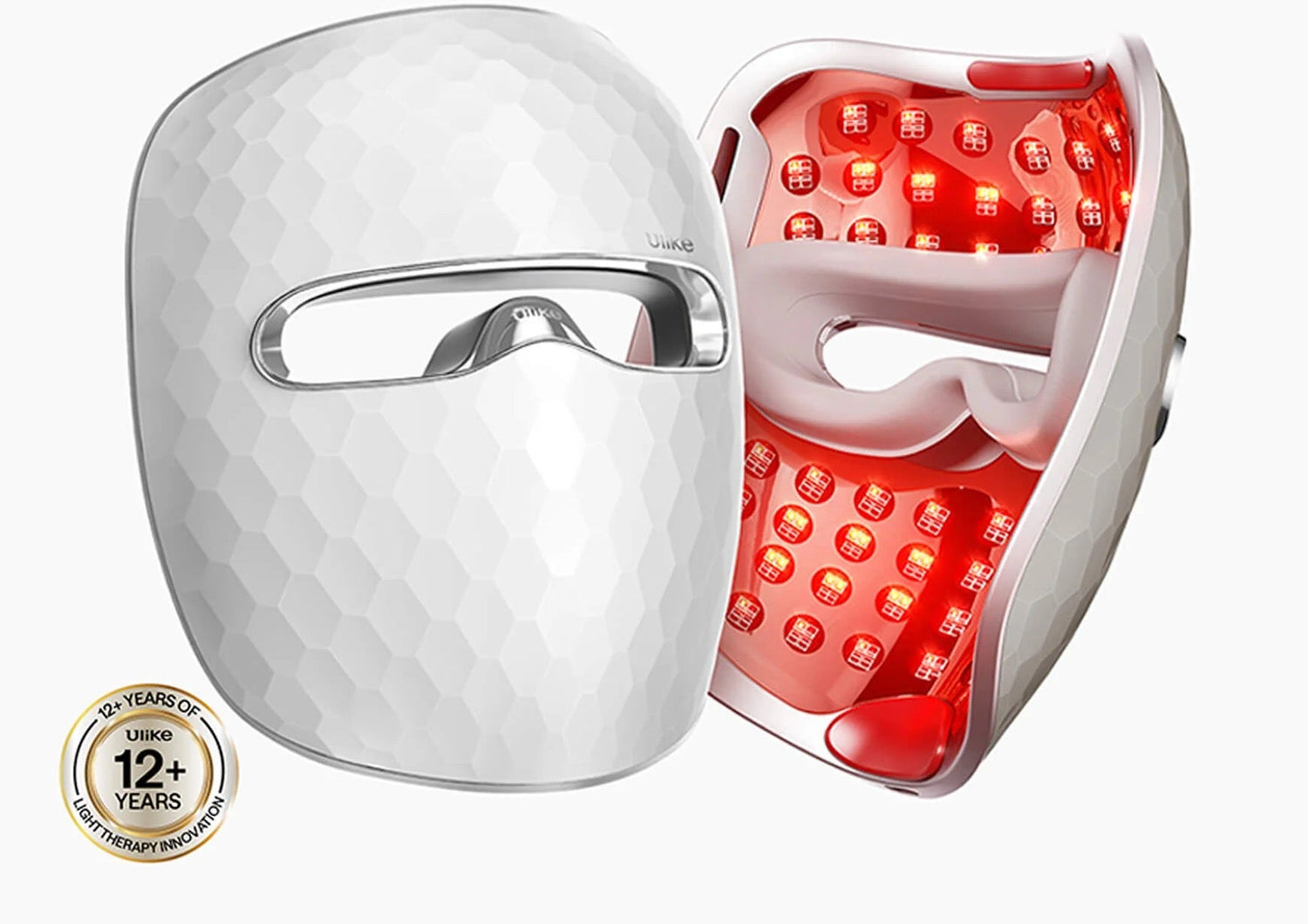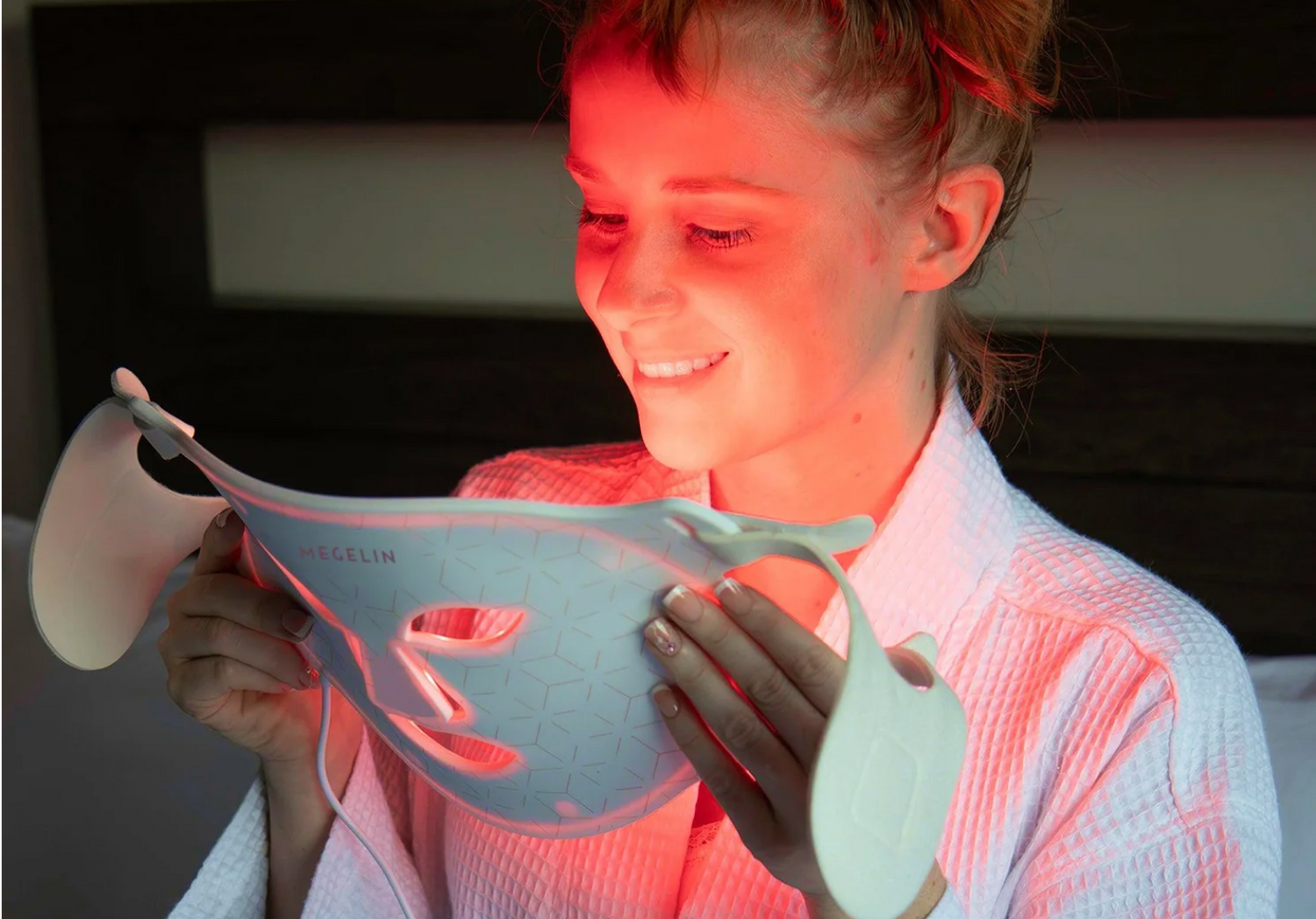
Top Strategies on How to Prevent Skin Cancer After a Bad Sunburn
megelinbeautyHave you ever wondered how to prevent skin cancer after a bad sunburn? With skin cancer rates on the rise, understanding the link between sun damage and this serious health concern is crucial. Excessive sun exposure and sunburns significantly increase the risk of developing skin cancer, making it essential to take proactive steps to protect your skin, especially after experiencing a severe sunburn.
This article explores effective strategies to minimize the risk of skin cancer following sun damage. From immediate actions to long-term preventive measures, readers will learn about the importance of proper skincare, sun protection techniques, and regular skin checks. By implementing these evidence-based approaches, individuals can reduce their skin cancer risk and maintain healthier skin in the face of UV radiation exposure.
Understanding the Risks of Sunburn and Skin Cancer
Ultraviolet (UV) radiation, a type of electromagnetic radiation, poses a significant threat to skin health. Exposure to UV radiation, primarily from the sun or tanning beds, is a major risk factor for skin cancer [1]. This invisible energy can damage the DNA in skin cells, leading to potentially harmful mutations and uncontrolled cell growth [2].
Long-term effects of UV radiation
Prolonged exposure to UV radiation has serious consequences for skin health. It causes premature aging, wrinkles, and can lead to the development of precancerous lesions known as actinic keratoses [3]. More alarmingly, UV radiation is the primary cause of skin cancer, with both UVA and UVB rays playing destructive roles [4].
UVA rays, which make up about 95% of the UV radiation reaching the ground, cause indirect DNA damage and contribute to long-term skin damage. UVB rays, though less prevalent, directly damage DNA and are the main cause of sunburns [1]. The accumulation of this damage over time increases the risk of skin cancer development.
Types of skin cancer
There are three main types of skin cancer:
- Basal cell carcinoma: The most common form, growing slowly and rarely spreading [4].
- Squamous cell carcinoma: More aggressive than basal cell carcinoma, with a higher risk of metastasis [5].
- Melanoma: The most serious type, originating in melanocytes (pigment-producing cells) and accounting for 75% of skin cancer deaths [3].
Increased risk factors
While anyone can develop skin cancer, certain factors increase the risk:
- Fair skin that burns easily
- Light-colored eyes and hair
- History of severe sunburns, especially before age 18
- Family or personal history of skin cancer
- Weakened immune system
- Exposure to certain chemicals or radiation therapy
- High-risk HPV infections [4] [5]
It's crucial to note that even a single sunburn can increase the risk of skin cancer [2]. Regular sun protection and skin checks are essential for early detection and prevention of skin cancer.
Immediate Actions to Take After a Bad Sunburn
Cooling the Skin
After experiencing a bad sunburn, the first step is to cool the affected skin. Taking a cool shower or bath can help decrease inflammation and ease pain [6]. It's crucial to avoid hot water, as it can aggravate the inflamed skin and potentially cause more damage [6]. For smaller areas, applying a cool compress can provide relief, but direct application of ice to the skin should be avoided [6].
Hydration and Moisturizing
Sunburns draw fluid to the skin's surface and away from the body, making proper hydration essential. Drinking plenty of water and sports drinks helps replace lost body fluids and replenish electrolytes, promoting quicker healing [7]. After bathing, gently pat the skin dry, leaving it slightly damp to trap moisture [8]. Apply a moisturizer containing aloe vera or soy to soothe the skin and aid recovery [7] [8]. These ingredients have antioxidant properties that can speed up the healing process [8]. It's advisable to avoid petroleum-based moisturizers as they can trap heat and worsen the sunburn [8].
Pain Relief Options
To alleviate discomfort, taking an anti-inflammatory drug such as ibuprofen or acetaminophen is recommended [7] [6]. These medications help reduce swelling and ease the sting of sunburn [7]. Additionally, applying a cool compress to the skin can provide further relief [8]. It's important not to exceed the recommended dosage of pain relievers [6].
By following these immediate actions, individuals can minimize the discomfort associated with sunburn and support the skin's healing process. However, it's crucial to remember that prevention is always better than cure when it comes to sun damage and potential skin cancer risks.
Long-term Strategies for Skin Protection
Daily sunscreen application
Consistent use of sunscreen plays a crucial role in preventing skin cancer and premature aging. Several randomized controlled trials have demonstrated that regular sunscreen application reduces the risk of squamous cell carcinoma and melanoma [9]. A 4.5-year study in Australia found a 40% lower incidence of squamous cell carcinomas among participants who used sunscreen daily compared to those who used it discretionally [9]. Furthermore, daily sunscreen use over the same period showed a significantly reduced risk of invasive melanoma [9].
To maximize protection, individuals should choose broad-spectrum sunscreens with an SPF of 30 or higher [9]. It's important to note that most people underapply sunscreen, typically using only 20% to 50% of the recommended amount [9]. However, using higher SPF sunscreens can compensate for this underapplication [9].
Protective clothing and accessories
Clothing serves as an effective barrier against harmful UV radiation. The Ultraviolet Protection Factor (UPF) indicates how much UV radiation a fabric allows to reach the skin. A UPF of 50+ is considered excellent protection, blocking 98% of the sun's rays [10]. When selecting clothing, opt for densely woven fabrics and darker colors, as they absorb more UV rays [10].
Avoiding peak sun hours
UV rays are typically strongest between 10 a.m. and 4 p.m. daylight saving time (9 a.m. to 3 p.m. standard time) [11]. During these hours, it's advisable to seek shade under trees, umbrellas, or other shelters. However, it's important to remember that UV rays can still reach you on cloudy days and reflect off surfaces like water, cement, and sand [11]. Therefore, combining shade-seeking with other protective measures is crucial for comprehensive sun protection.
Regular Skin Checks and Professional Screenings
Self-examination techniques
Regular skin self-exams are crucial for early detection of skin cancer. Individuals should perform these checks monthly in a well-lit room with a full-length mirror and a hand-held mirror [12]. The process involves systematically inspecting the entire skin surface, including often-overlooked areas such as the scalp, between toes, and under nails [12]. A thorough self-exam requires a bright light, mirrors, and possibly a blow-dryer for scalp examination [13].
To conduct an effective self-exam:
- Examine the face, ears, neck, chest, and belly
- Check arms, hands, and fingernails
- Inspect legs, feet, and toenails
- Use mirrors to view the back, buttocks, and genitals [14]
It's important to become familiar with one's skin patterns to notice any changes [12]. Documenting findings through notes or photos can help track changes over time [13].
When to see a dermatologist
While self-exams are valuable, professional skin checks are essential, especially for high-risk individuals. Dermatologist visits are recommended at least annually for a full-body skin exam [13]. However, individuals should seek immediate medical attention if they notice:
- New spots or changing moles
- Sores that don't heal or recur
- Spots that change in sensation, becoming itchy or painful [15]
Importance of early detection
Early detection significantly improves the chances of successful treatment for skin cancers [12]. Regular screenings can help identify basal cell and squamous cell carcinomas in their early stages [12]. For melanoma, the deadliest form of skin cancer, early detection is particularly crucial. Even one blistering sunburn in childhood or adolescence more than doubles the risk of developing melanoma later in life [16]. By combining regular self-exams with professional screenings, individuals can greatly enhance their chances of detecting skin cancer early, leading to better treatment outcomes.
Conclusion
The prevention of skin cancer after a bad sunburn requires a multi-faceted approach. By taking immediate actions to cool and hydrate the skin, individuals can minimize damage and support healing. Long-term strategies, such as daily sunscreen use, wearing protective clothing, and avoiding peak sun hours, play a crucial role in reducing the risk of future skin damage. These steps, combined with regular self-exams and professional screenings, form a strong defense against skin cancer.
To wrap up, the fight against skin cancer is ongoing, but armed with knowledge and proactive measures, we can significantly lower our risk. Remember, even a single sunburn can increase the chances of developing skin cancer, so it's vital to stay vigilant. By making sun protection a daily habit and keeping an eye on our skin's health, we're taking important steps to safeguard ourselves against this preventable disease.
FAQs
1. What measures should be taken to prevent skin cancer following a sunburn?
To minimize the risk of skin cancer after experiencing a sunburn, it is crucial to avoid further sun exposure until your skin fully recovers. If staying indoors isn't possible, ensure to use a broad-spectrum sunscreen with an SPF of at least 15, though SPF 30 or higher is preferable, and reapply it every two hours. Additionally, wearing loose, breathable clothing that covers most of your skin and staying hydrated by drinking ample fluids, particularly water, are effective preventative measures.
2. How can I lower my chances of developing skin cancer?
Reducing your skin cancer risk involves several proactive sun safety practices. Seek shade whenever possible, especially during the peak sun hours. Dress in clothing that covers your arms and legs, and choose a wide-brimmed hat to protect your face, head, ears, and neck. Opt for sunglasses that provide complete protection against both UVA and UVB rays. Always use a broad-spectrum sunscreen with a minimum SPF of 15.
3. How many instances of sunburn are needed to significantly raise the risk of skin cancer?
Research indicates that experiencing as few as five severe (blistering) sunburns during one's teenage years can greatly increase the likelihood of developing skin cancer later in life. However, the overall risk also depends on various factors, including genetic predisposition—whether there is a history of skin cancer in the family.
4. What are effective ways to prevent skin cancer for those who work outdoors?
For individuals working outdoors, it is vital to use protective gear such as long-sleeved shirts, pants, collared shirts, broad-brimmed hats, attachments for hard hats, and sunglasses. It's also important to apply a broad-spectrum, water-resistant sunscreen with an SPF of 30 or higher to any skin exposed by clothing and to reapply this protection every two hours. Regular reminders and provisions for these protective measures can help reduce the risk of skin cancer.
References
[1] - https://www.cancer.org/cancer/risk-prevention/sun-and-uv/uv-radiation.html
[2] - https://www.cancerresearchuk.org/about-cancer/causes-of-cancer/sun-uv-and-cancer/how-does-the-sun-and-uv-cause-cancer
[3] - https://www.webmd.com/beauty/sun-exposure-skin-cancer
[4] - https://www.roswellpark.org/cancertalk/202305/can-you-prevent-skin-cancer-after-bad-sunburn
[5] - https://my.clevelandclinic.org/health/diseases/10985-ultraviolet-radiation
[6] - https://www.bannerhealth.com/healthcareblog/better-me/bad-sunburn-eight-tips-to-treat-and-find-some-relief
[7] - https://www.beaumont.org/health-wellness/blogs/5-ways-to-relieve-sunburn
[8] - https://www.yalemedicine.org/news/how-to-treat-a-sunburn
[9] - https://www.ncbi.nlm.nih.gov/pmc/articles/PMC7759112/
[10] - https://www.skincancer.org/skin-cancer-prevention/sun-protection/sun-protective-clothing/
[11] - https://www.cdc.gov/skin-cancer/sun-safety/index.html
[12] - https://www.cancer.org/cancer/types/basal-and-squamous-cell-skin-cancer/detection-diagnosis-staging/detection.html
[13] - https://www.skincancer.org/early-detection/self-exams/
[14] - https://www.cancer.org/cancer/risk-prevention/sun-and-uv/skin-exams.html
[15] - https://www.mdanderson.org/prevention-screening/get-screened/skin-cancer-screening.html
[16] - https://www.skincancer.org/risk-factors/sunburn/











